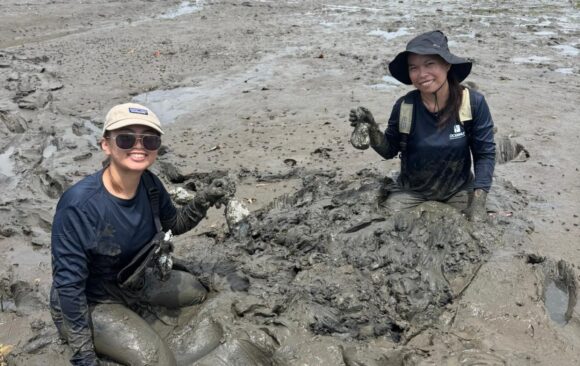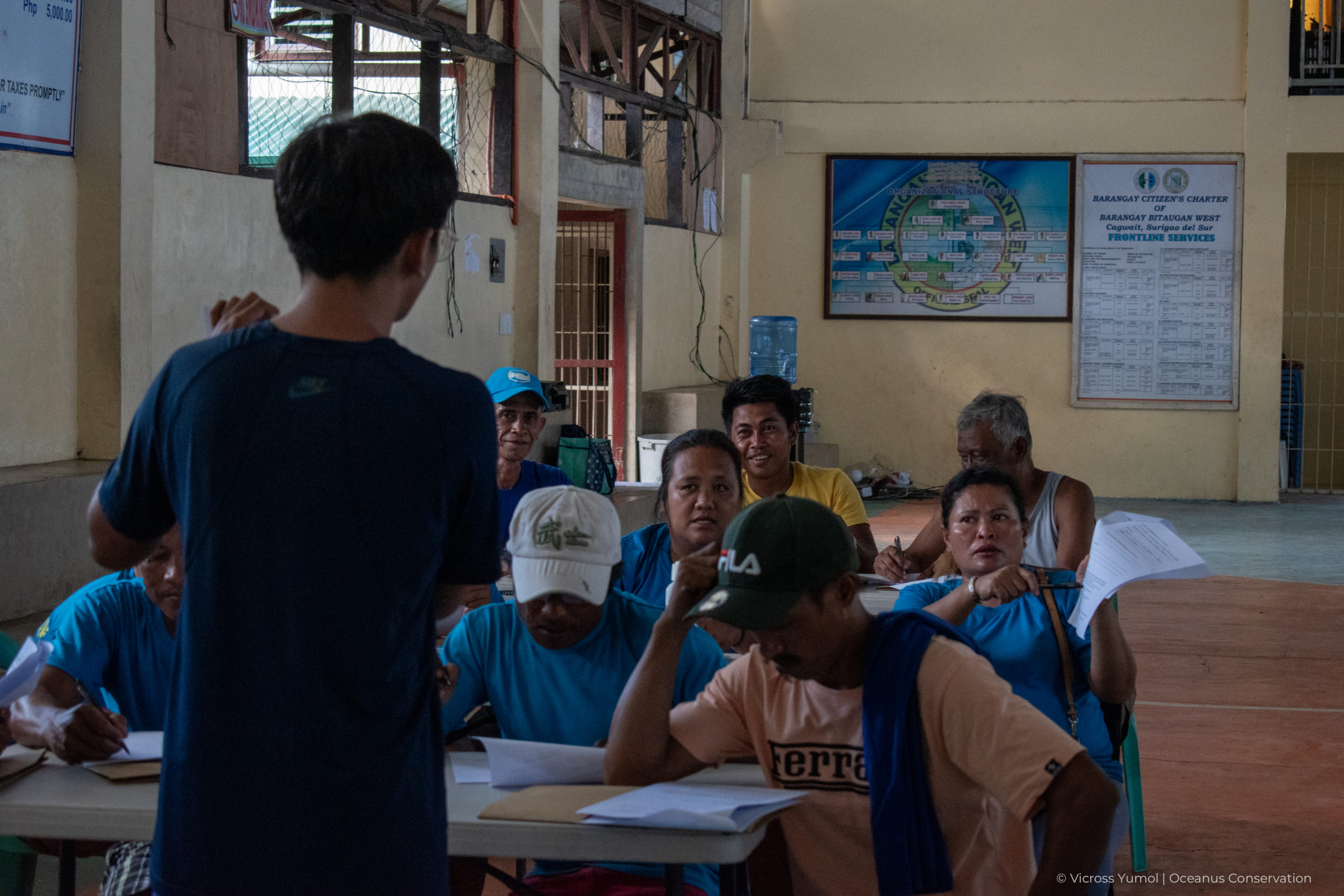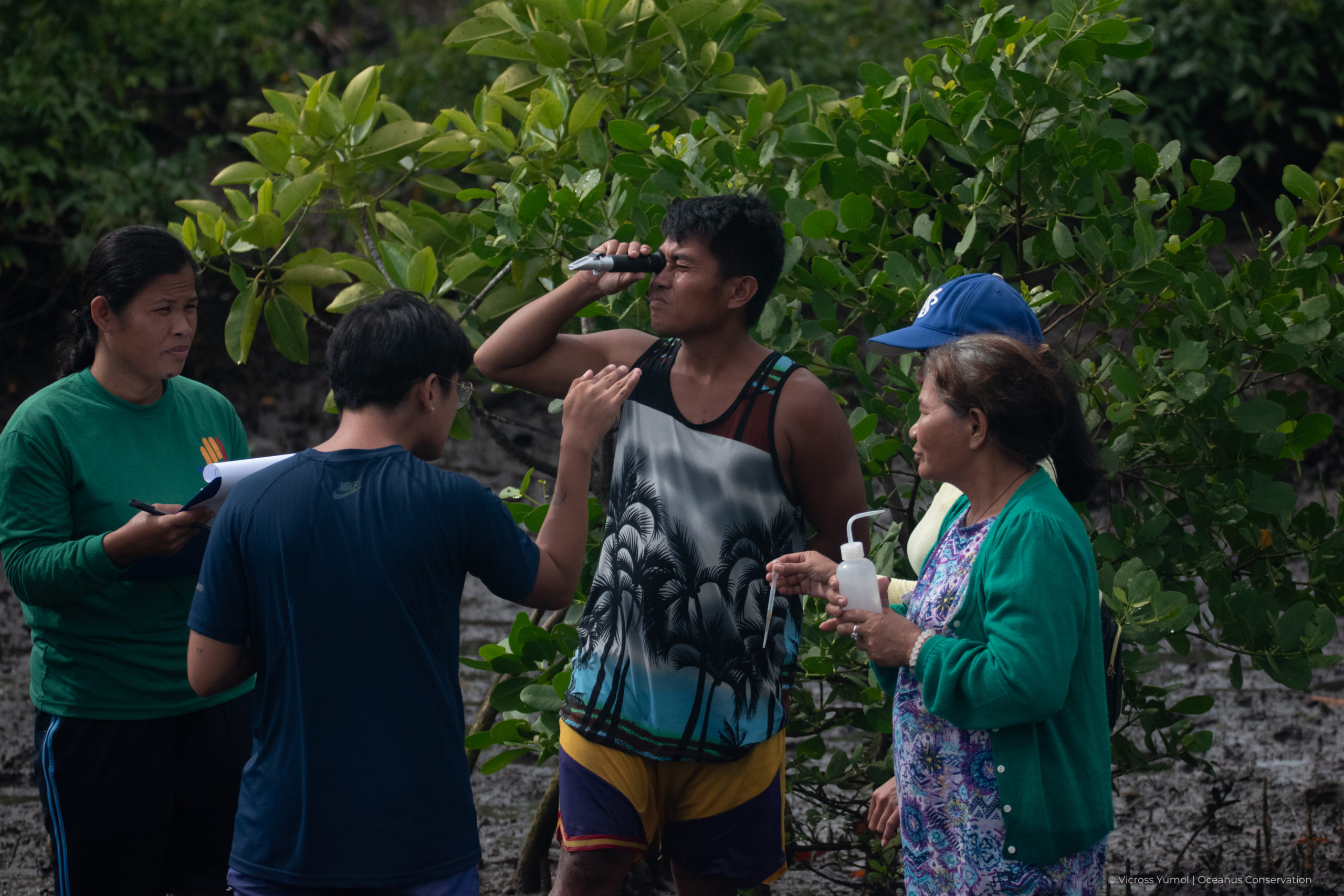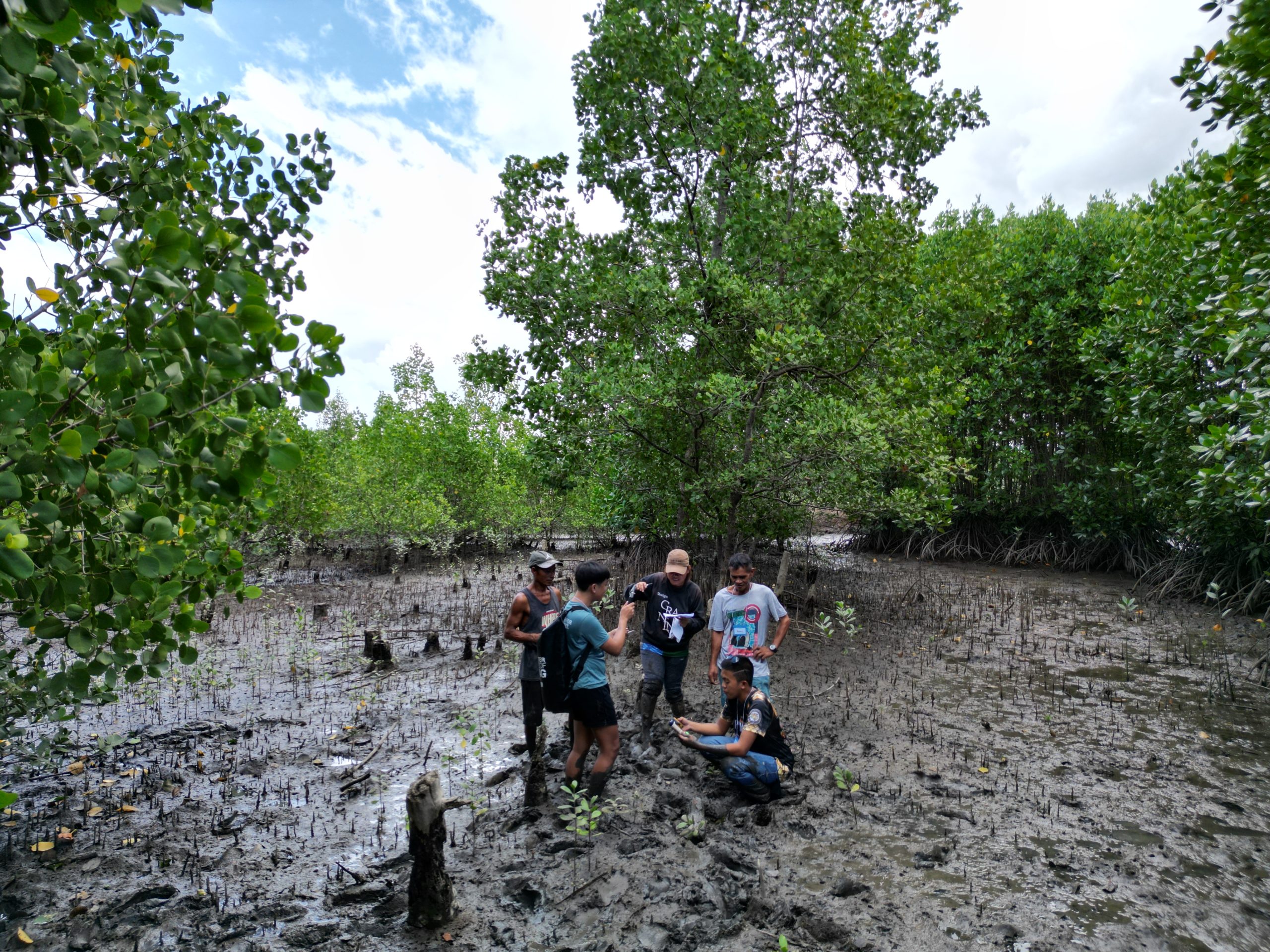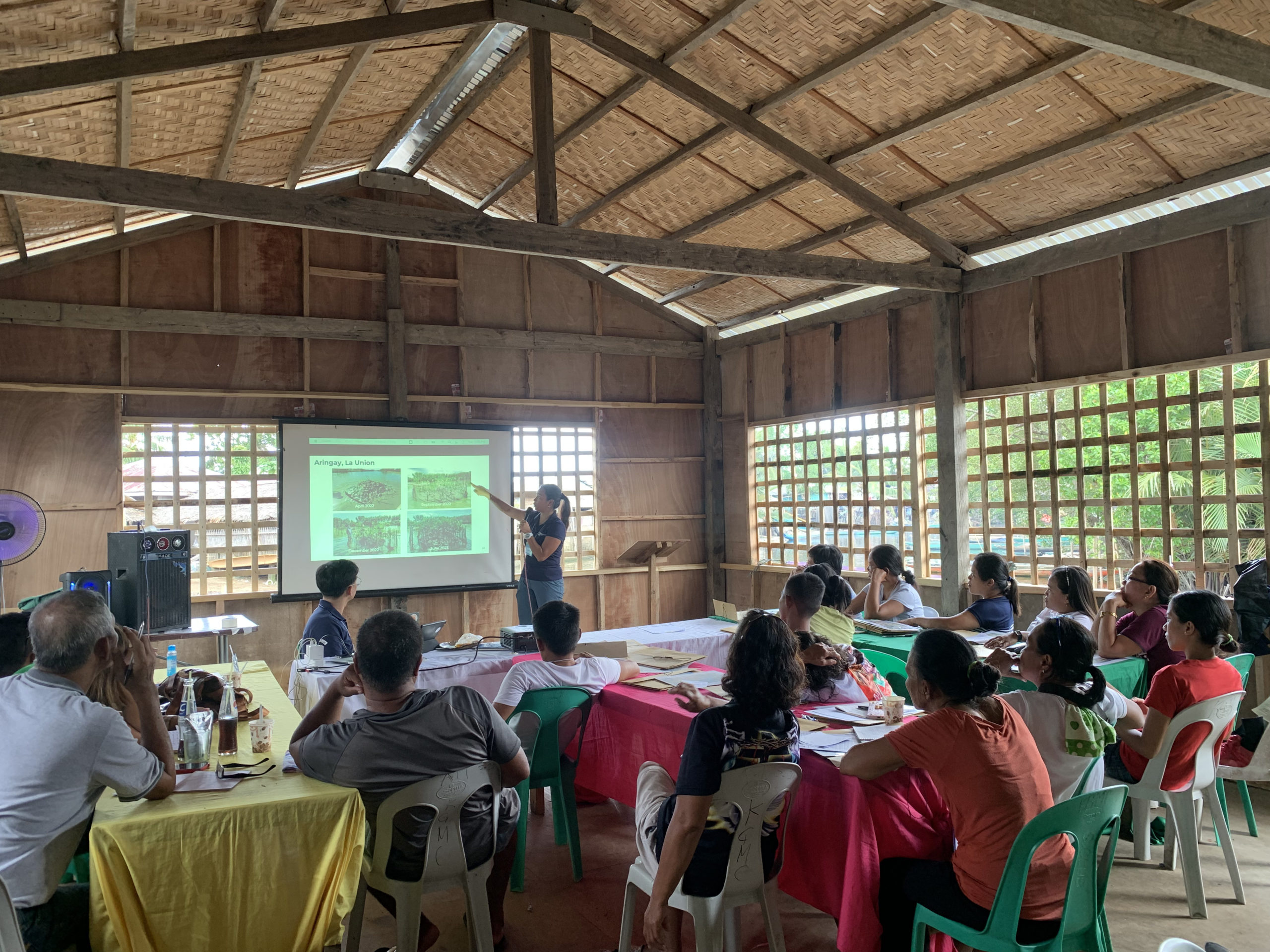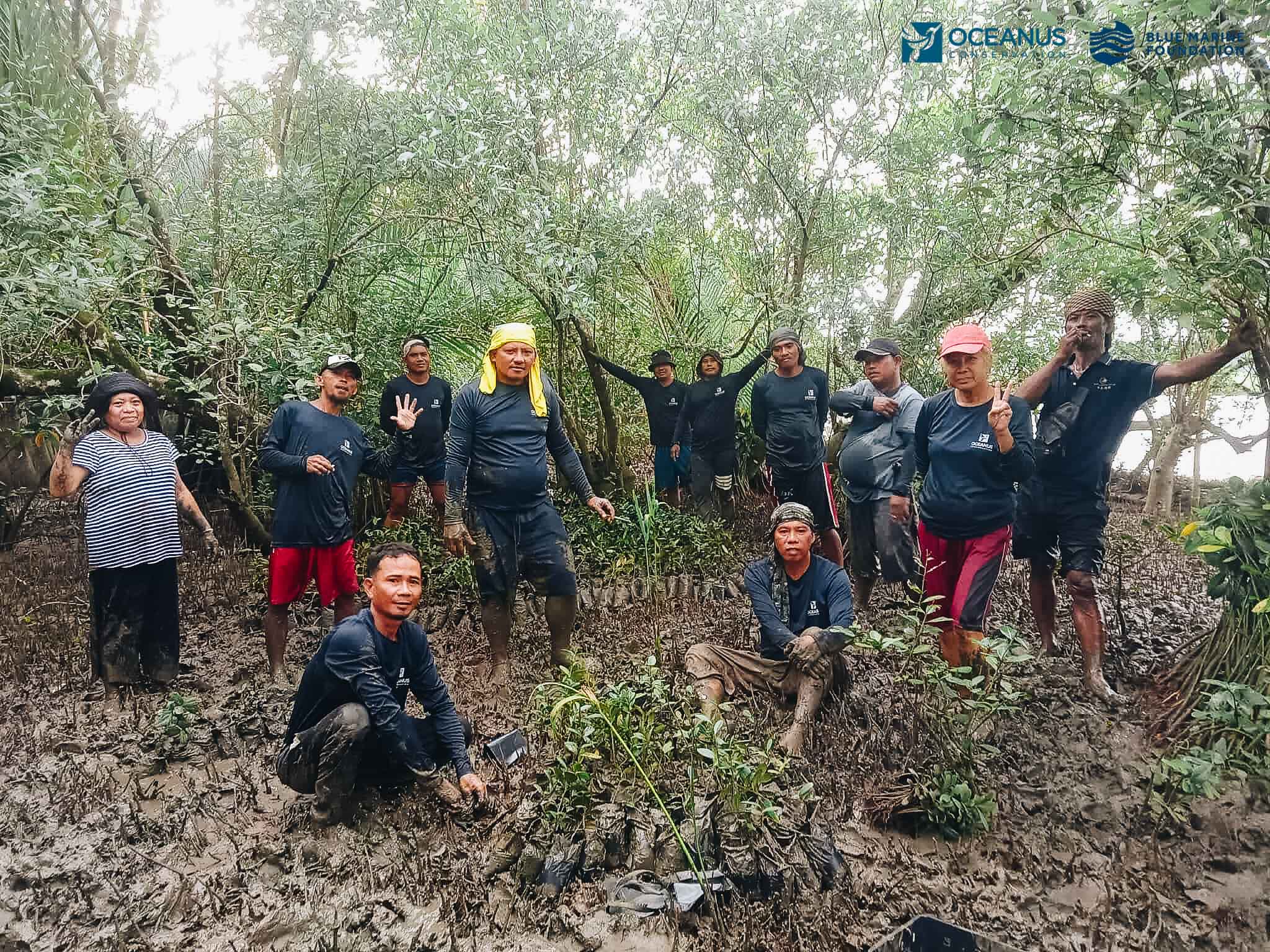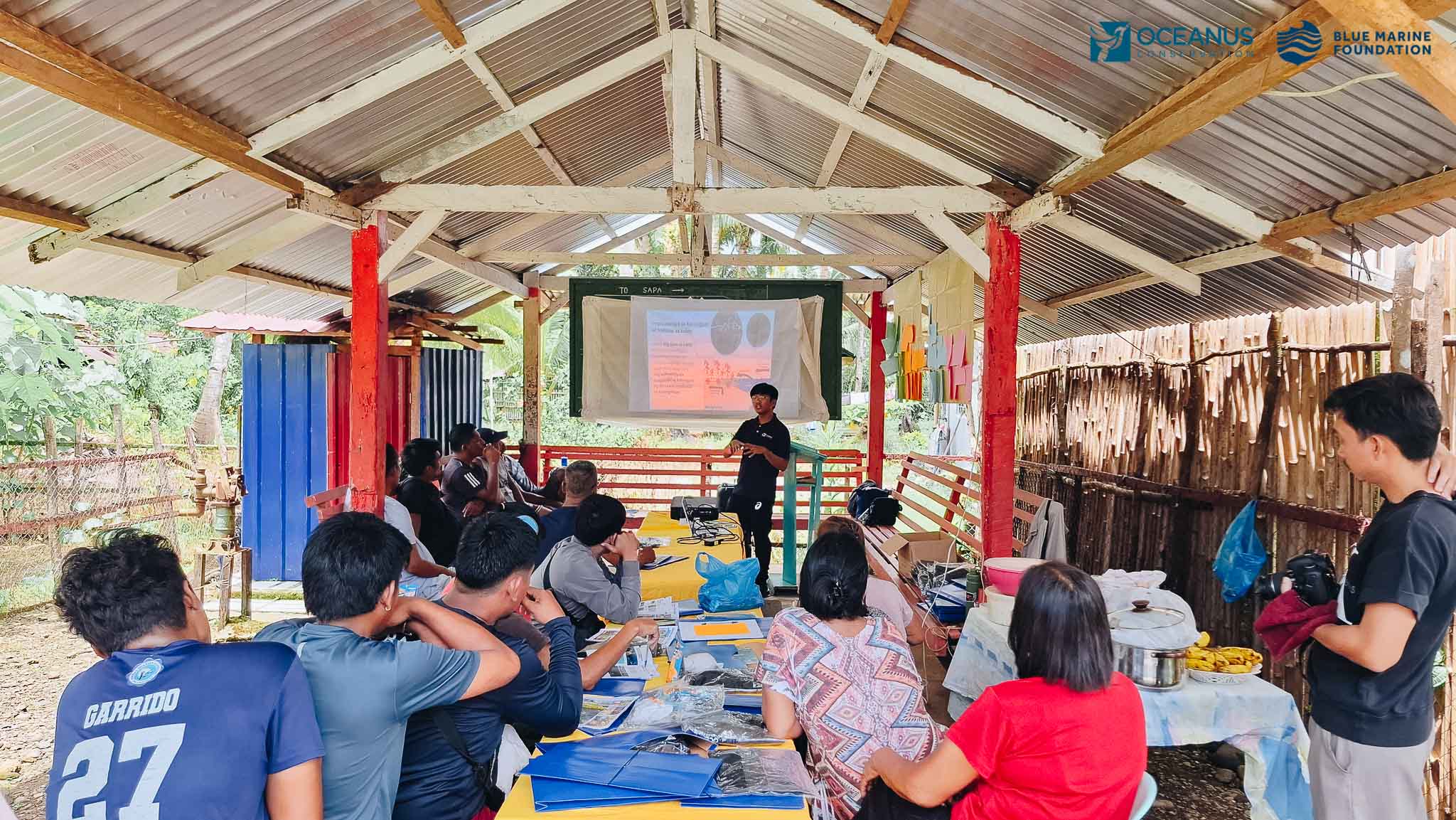By Stephanie De Jesus and Elisha Razon As fourth-year Environmental Science students, we began our internship at Oceanus Conservation with...
Blue Carbon Program
What is Blue Carbon?
Blue carbon is a term for coastal wetlands that store carbon, including mangroves, seagrass, and tidal marsh. Mangroves exist in subtropical and tropical areas covering less than 1% of all tropical forests worldwide. This ecosystem is valuable and provides many ecosystem services such as effective carbon storage for climate mitigation. Studies show four to five times higher carbon sequestration of mangroves compared to terrestrial forests, which ultimately mitigate and adapt to climate change! Yet, globally, we are losing between 0.2 to 0.7% annually.
According to the global distribution of mangrove forests, the Philippines ranks 15th among the most mangrove-rich countries in the world and also one of the countries with diverse seagrass species. This is why there is a need to push for its protection to conserve the country’s last remaining blue carbon ecosystems.
Philippines mangrove deforestation rate was 0.11% every year between 2000 – 2012. And with the increase in population, there might be more demand for coastal development, and land conversion to aquaculture.
Our Philosophy
Saving the ecosystem means saving the wildlife and the communities who depend on it for food, shelter, and livelihood. This interconnectedness needs to be better seen.
We follow science-based methods for mangrove restoration. We don’t just plant like others do, but we engage, educate and employ communities, train and empower local government leaders, and monitor mangroves so it survives and benefit the communities and the biodiversity of the area. We always look at the long-term protection and conservation of mangroves.
We restore and protect mangrove forests in the Provinces of La Union, Negros Oriental, Zamboanga Sibugay, and Surigao del Sur. We actively assist our local government partners and grassroots communities with mangrove restoration training and protect about 240 ha of mangrove forests.
BEFORE:
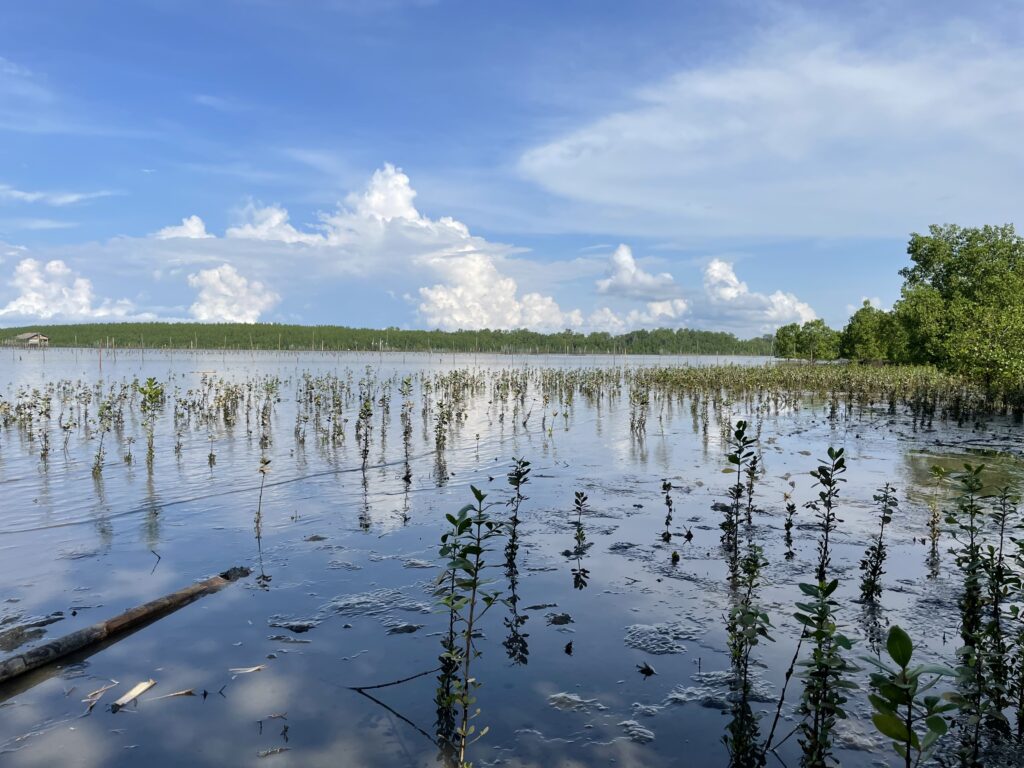
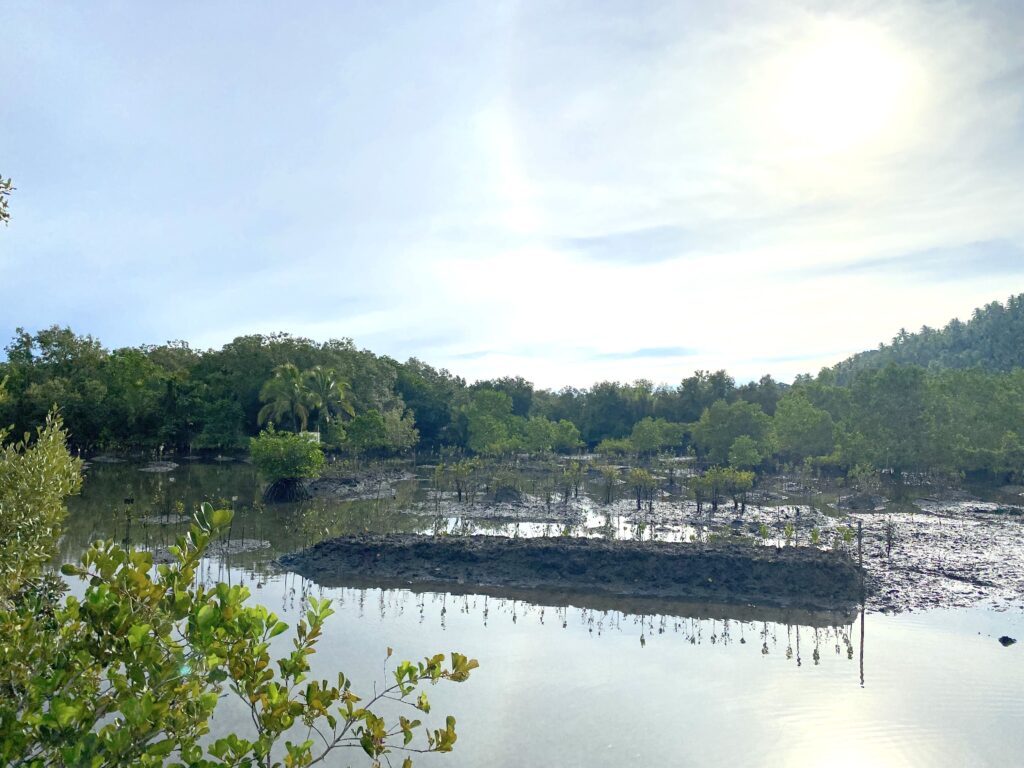
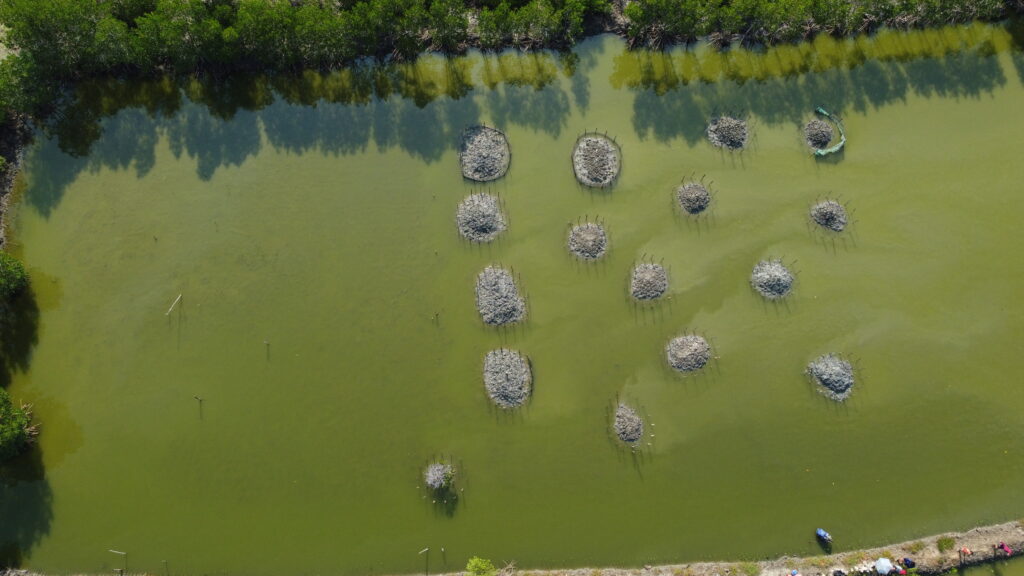
AFTER:
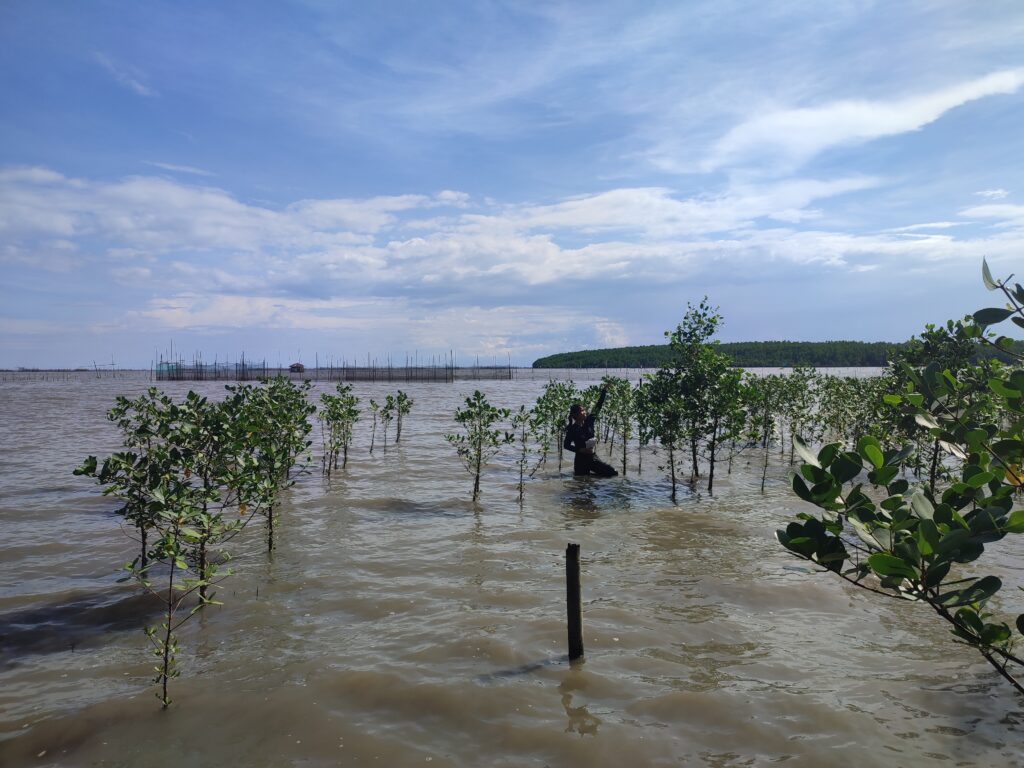

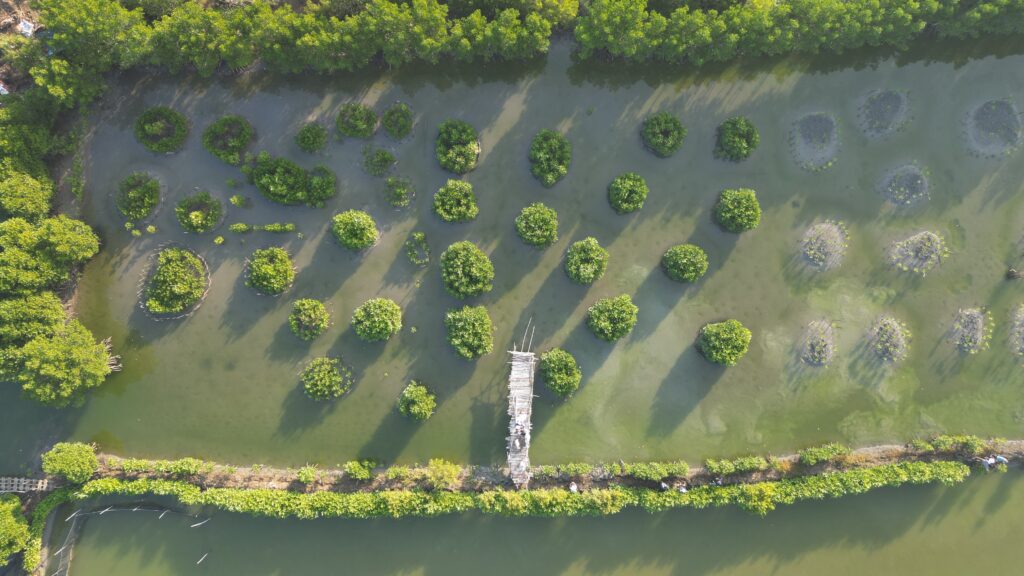
Latest News:
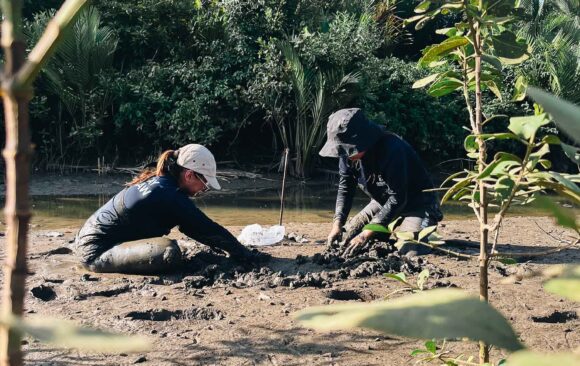
Oceanus Conservation’s Blue Carbon Program Extends to Tago, Surigao del Sur
After completing restoration efforts in Cagwait, Oceanus Conservation’s Blue Carbon Program enters its livelihood phase. To expand restoration across neighboring...

Magtanim ay ‘Di Biro: The most important thing I learned from mangrove planting with our partner community
#FieldStories: We invited our Field Officer, Bianca, to share her learnings in Oceanus Conservation and working alongside people and nature....

Security Bank Grows Resilient Communities with Mangrove Restoration Effort
Press Release: A Sustainable Commitment to Coastal Protection and Livelihood La Union, Philippines—In celebration of “Month of the Ocean”, Security...
